Check out this interesting news article, reporting about a research study done on babies and their response to rhythm versus speech. Here’s the summary from another site reporting on the same research:
Human infants are born to dance, researchers report online today in the Proceedings of the National Academy of Sciences. Psychologists from the United Kingdom and Finland played an assortment of classical and children’s songs, drumbeats, baby talk, and regular speech for 120 infants ages 5 to 24 months. Speech inspired little motion, but music consistently got the babies into the groove. They moved to music with a clear rhythm and adjusted their movements as the beat varied. And the better the babies matched their motion to the music, the more they smiled. So while it remains a mystery how humans evolved our musical wiring, it’s now clear we enjoy it and always did. (news.sciencemag.org)
Also see the corresponding video here.
Whether you believe that humans evolved their “musical wiring” or were created with it, this research confirms that humans have some sort of natural inclination towards music, apparent even at the youngest of ages. It confirms what we as teachers have always known — humans should be developing their musical ability when they are young!
Isn’t it kind of amazing how well those babies in the video have a natural sense of beat? I wish some of my students could keep a steady beat half as well as the babies in the video! =D




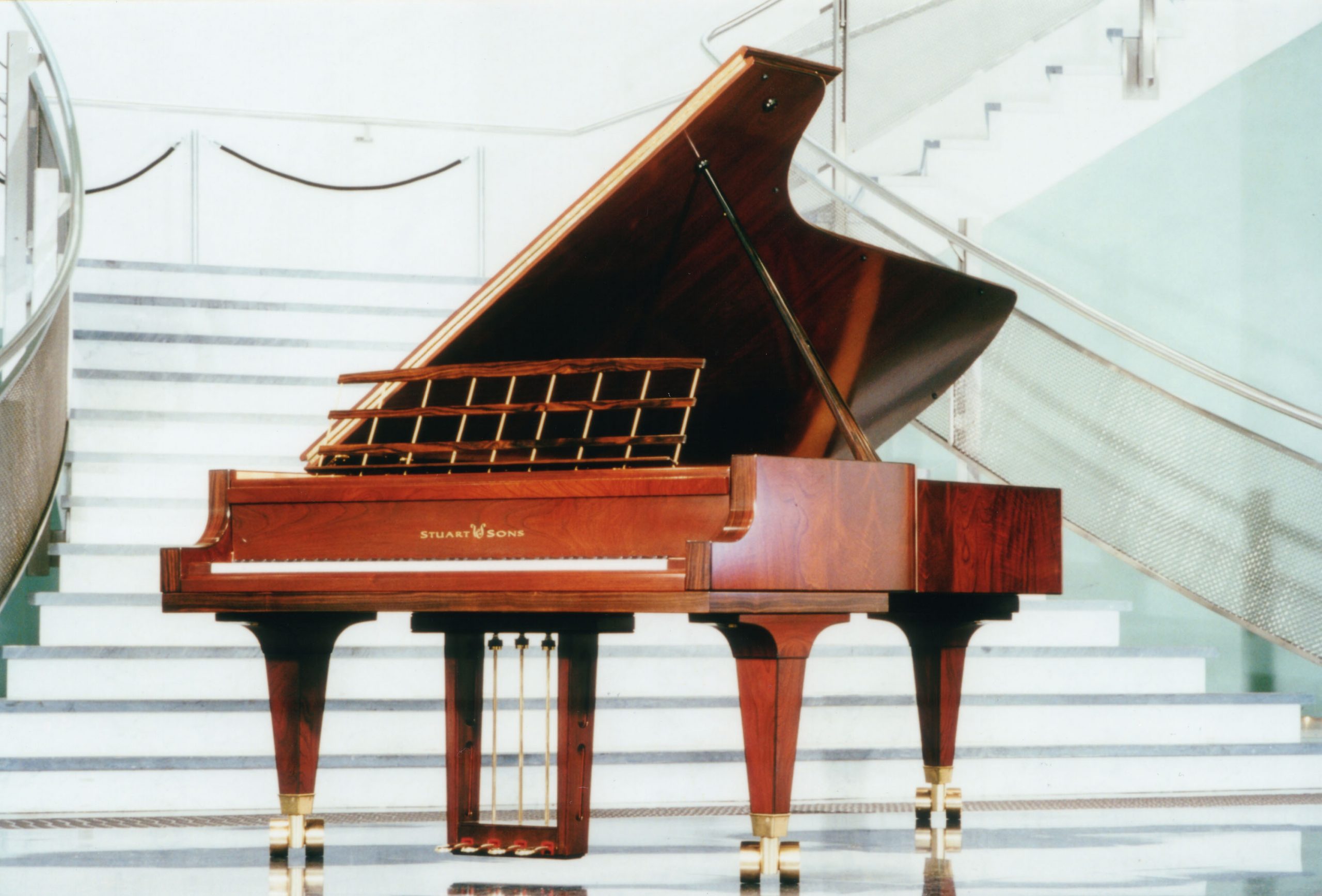
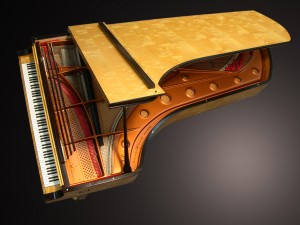 Stuart & Sons is a Australian-based company who build hand-crafted pianos. They are unique pianos for a number of reasons:
Stuart & Sons is a Australian-based company who build hand-crafted pianos. They are unique pianos for a number of reasons:

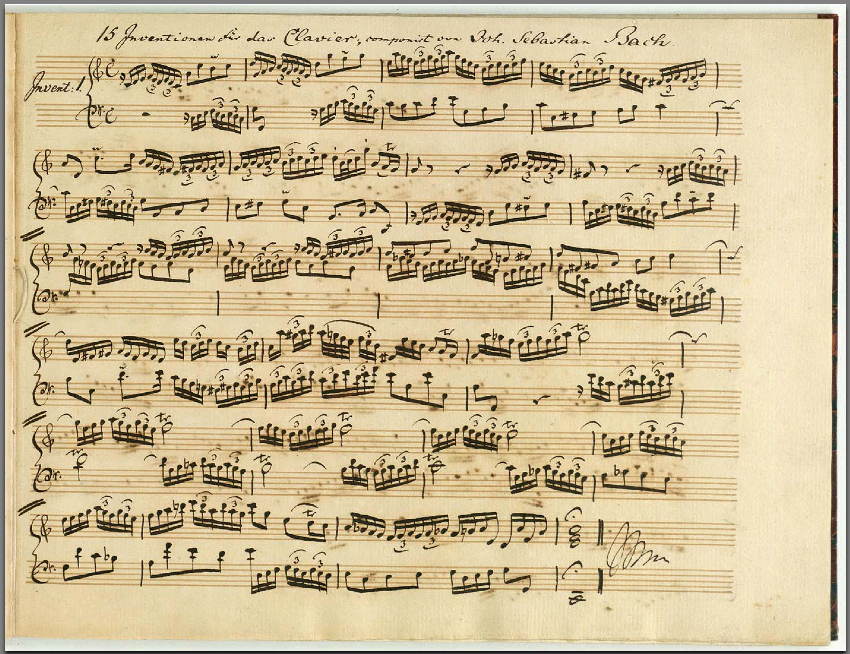
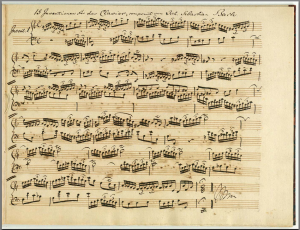 I just discovered these manuscript copies of Bach’s 2-part inventions over at the
I just discovered these manuscript copies of Bach’s 2-part inventions over at the 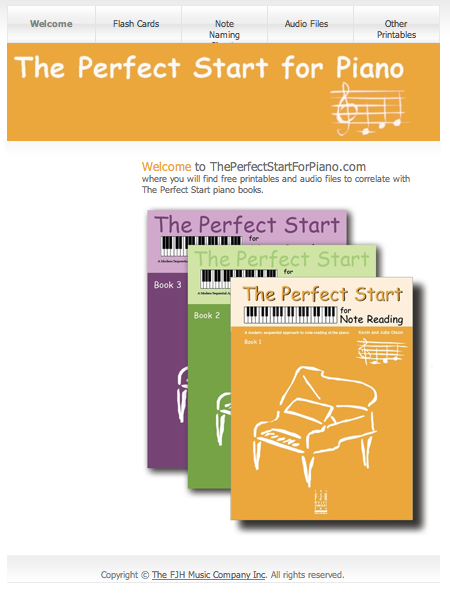


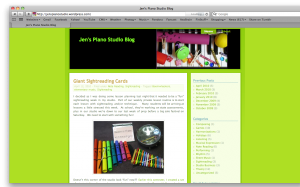
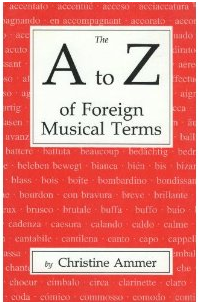
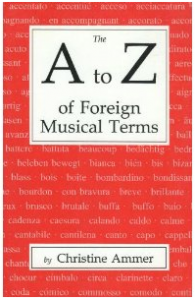 Book Review:
Book Review: